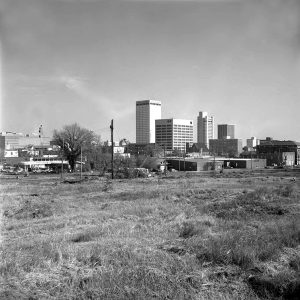 I-630 Construction
I-630 Construction
Entry Category: Government and Politics - Starting with I
 I-630 Construction
I-630 Construction
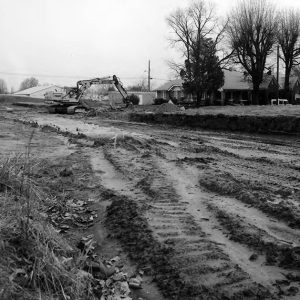 I-630 Construction
I-630 Construction
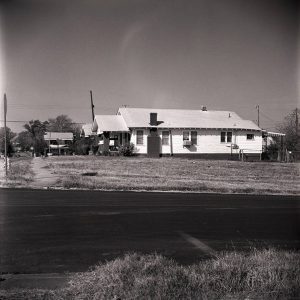 I-630 Controversy
I-630 Controversy
Immigration
 Independence County Courthouse
Independence County Courthouse
Indian Removal
Indochinese Resettlement Program
aka: Operation New Life
 W. K. "Bill" Ingram
W. K. "Bill" Ingram
Initiatives and Referenda
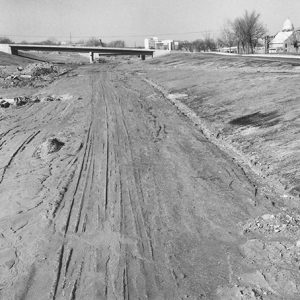 Interstate 630 Construction
Interstate 630 Construction
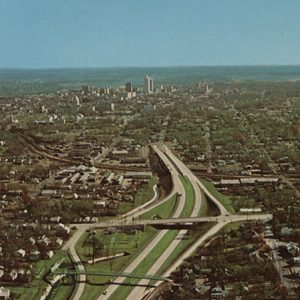 Interstate 630 Construction
Interstate 630 Construction
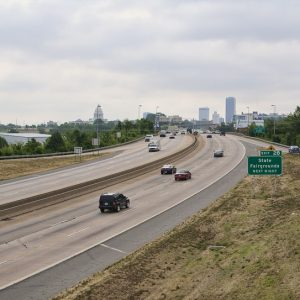 I-630
I-630
Interstate 630
Ivy, Dan
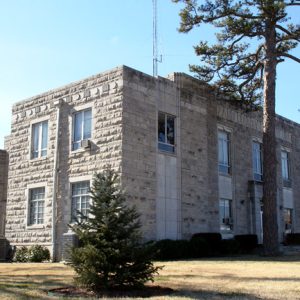 Izard County Courthouse
Izard County Courthouse
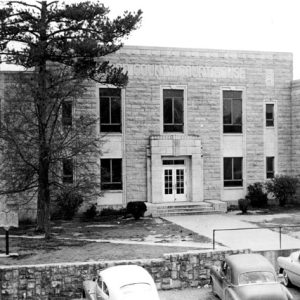 Izard County Courthouse
Izard County Courthouse
 Izard Grave
Izard Grave




